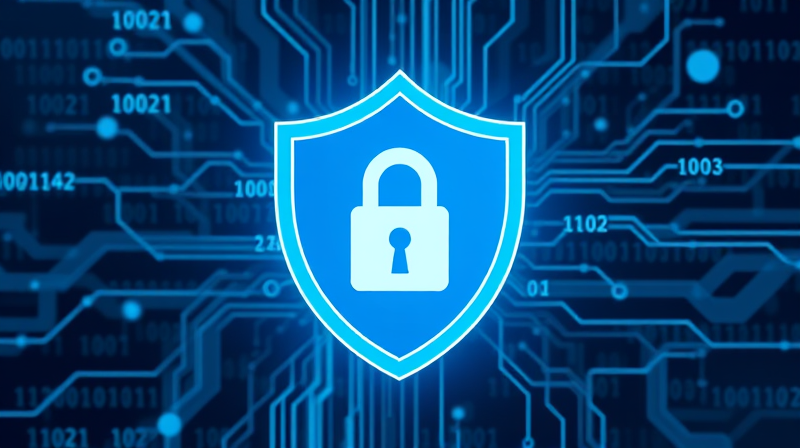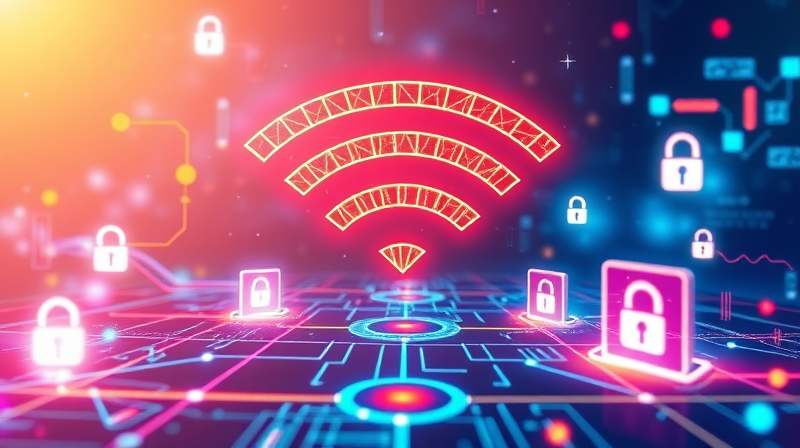In today's digital era, technology touches nearly every aspect of our personal and professional lives. With the increasing reliance on digital devices, cybersecurity has become an essential part of everyday safety. Understanding and adopting proper cyber hygiene is vital to protect our sensitive information from hackers, malware, phishing attempts, and other digital threats.
This article provides a beginner-friendly guide to help you understand cybersecurity basics and incorporate safe practices into your routine.
Understanding the Basics of Cybersecurity
Cybersecurity can be considered the practice of shielding devices, data, and networks from unauthorized access, malicious attacks, and other internal or external threats. At its core, cybersecurity emphasizes the protection of critical digital assets, ensuring that personal and professional information stays secure.
An important concept in cybersecurity is the CIA triad, which consists of three fundamental principles:
- Confidentiality: Guaranteeing that sensitive data is accessible only to those authorized to view it.
- Integrity: Maintaining the accuracy and trustworthiness of data by avoiding unauthorized changes.
- Availability: Ensuring that data and systems remain accessible to authorized users when required.
Grasping these principles forms the foundation upon which more advanced cybersecurity strategies are built.
Adopting Essential Cyber Hygiene Practices
Effective cybersecurity starts with practicing good cyber hygiene. This involves a series of routine measures that can significantly reduce the chances of a security breach or cyberattack.
Learn to implement these essential tips into your daily digital life:
- Use Strong Passwords: Create passwords using a combination of uppercase letters, lowercase letters, numbers, and special characters. Avoid using simple or common passwords, and look into using a password manager to generate and securely store multiple unique passwords.
- Enable Two-Factor Authentication (2FA): This extra method of verification adds an additional layer of security, minimizing the risk created if your password is compromised.
- Secure Your Wi-Fi Network: Change the default credentials on your network equipment, and use robust encryption methods like WPA2 or WPA3. This small change can prevent unauthorized access to your home or office network.
- Keep Software Updated: Regular updates to your operating systems, applications, and browsers are crucial. These updates often include security patches that protect your devices against the latest threats.
- Install Antivirus Software: Employ trusted antivirus programs to detect and fight malware or other malicious entities. Keeping your antivirus software up-to-date is essential in defending against emerging threats.
By making these practices part of your routine, you can significantly enhance your online security.
Being Mindful of Online Activities
A cautious and informed approach while navigating the Internet will ensure that you escape the pitfalls of cyber threats.
Consider these security practices while engaging with online content:
- Avoid Suspicious Links: Do not click on links from emails or messages unless you are absolutely sure of their authenticity. Verifying the source of any unexpected attachment or link is key to avoiding phishing scams.
- Browse Safely: Stick to reputable websites and avoid downloading files from untrusted sources. Utilizing web protection tools and browser extensions that block dangerous websites can provide an added layer of defense.
- Protect Personal Information: Always be mindful about the amount of personal data you share online. Review and adjust privacy settings across various social media platforms and digital services to ensure that you maintain control over your information.
Taking these steps will help you shield both your digital and real-world reputation.
Backing Up Your Data
Backing up your data is one of the most important practices to prevent irreparable losses in case of a cybersecurity incident or physical hardware failure. Consider these methods:
- External Backups: Use external hard drives or USB drives to regularly copy your essential files.
- Cloud Storage: Take advantage of reputable cloud storage solutions that offer encryption to protect your backups from unauthorized access.
Consistently backing up data means that even if your devices are compromised, your important information remains secure and retrievable.
Staying Updated and Informed
The field of cybersecurity evolves at a rapid pace, necessitating continuous learning and updates. Keep familiar with the latest security developments by:
- Following Trusted Sources: Subscribe to cybersecurity blogs, listen to relevant podcasts, and watch webinars to learn about current trends and prevention techniques.
- Participating in Courses: Engage in online training or courses that introduce cybersecurity principles, ethical hacking, and malware protection. Platforms like Cybrary or TryHackMe are excellent resources for beginners.
The key is to always keep learning and adapting your strategies to combat new and emerging cyber threats.
Recognizing Emerging Cyber Threats and Tools
Cyber threats are becoming increasingly sophisticated, with innovations in artificial intelligence aiding in the creation of deepfake scams and other advanced fraud schemes. Stay alert by:
- Questioning Unusual Requests: Even when requests come from seemingly genuine sources, maintaining a healthy skepticism can help protect your sensitive information.
- Utilizing Security Tools: Equip your devices with firewalls, Virtual Private Networks (VPNs), and browser extensions that act as additional safeguards against unwanted intrusions.
Being proactive about cybersecurity is not just a trend – it’s a necessity that ensures your digital safety. By taking small, manageable steps every day, you build a robust defense against potential cyber threats and foster a more secure online environment.
In conclusion, remember that the journey to becoming cyber-secure starts with understanding the basics and quickly progresses to implementing practical, everyday habits. Whether you are an individual working remotely or simply someone who frequents the digital realm daily, these strategies empower you to take control of your online security.
Adopt these guidelines, remain vigilant, and continue educating yourself about new cybersecurity trends. With perseverance and informed action, you can protect your digital presence and contribute to a safer internet for everyone.








